You might wonder what a metric storage platform is and why it matters. In simple terms, it's a specialized system designed to collect, store, and manage measurement data — typically performance metrics from various applications and services.
Whether you're tracking the number of active users, system latency, or transaction volumes, these platforms ensure data is not only stored efficiently but also made readily accessible for analysis.
Once upon a time, data storage was a cumbersome affair, handled by traditional relational databases and simple file systems that struggled under the weight of massive data influx.
However, as technology advanced, so did the infrastructure. Enter the era of modern data platforms, which are built to handle vast amounts of data in real time.
These platforms are not just repositories; they're dynamic environments where data is continuously ingested, processed, and analyzed.
The shift towards cloud-native architectures has significantly impacted how we think about and implement metric storage.
These environments favor scalability, elasticity, and flexibility — qualities essential for handling the explosive growth of data in the digital age. Cloud-native metric storage platforms can scale on demand to accommodate data spikes without the need for constant hardware upgrades or tedious capacity planning.
One of the greatest challenges in managing vast amounts of metric data isn't just storing it — it's making sense of it.
Metric storage platforms are tailored to not just store vast amounts of data but also to facilitate rapid querying and analysis, helping teams identify trends, spot anomalies, and make data-driven decisions swiftly and effectively.
They bridge the gap between data collection and actionable insights, ensuring that every metric counts toward building a better, more responsive service.
With these foundational concepts in mind, let's look into how these top metric storage platforms benefit engineering teams.
Whether you're a developer, an engineering manager, or simply a tech aficionado, understanding these tools will equip you with the knowledge to choose the right platform that aligns with your technical and business objectives.
Imagine you're an engineer wrapping up some crucial feature updates. It's Friday, almost the end of the day, and you're ready to kick back for the weekend. But just as you're about to log off, you notice a spike in error rates and a slowdown in application performance—classic signs of trouble.
Normally, this would mean a deep dive into different monitoring tools, trying to correlate data from various sources to diagnose the issue. But with a metric storage platform, that late-Friday troubleshooting turned from a headache into a manageable, almost routine check.
Here's how a metric storage platform revolutionized our approach:
For any engineer aiming to optimize application performance and reduce troubleshooting time, tapping into the capabilities of advanced metric storage platforms is not just beneficial; it's a game-changer. In the next section we’ll talk about the following metric storage platforms:

Chronosphere is designed to handle the complexities of modern software applications at scale.

Founded in 2019 and headquartered in New York, Chronosphere is a metric monitoring solution tailored for cloud-native environments. It is renowned for its scalability and reliability, offering high-resolution monitoring and advanced observability features. Chronosphere is designed to handle the complexities of modern software applications at scale.
Integrated Machine Learning Models: Currently, does not offer as robust predictive analytics as some competitors.
Highly praised for its user-friendly UI and powerful scalability, though some note it can be complex to integrate initially.
Pricing details are typically customized based on usage and specific customer needs.

Last9 helps engineering teams reduce downtime by optimizing system performance and reliability.
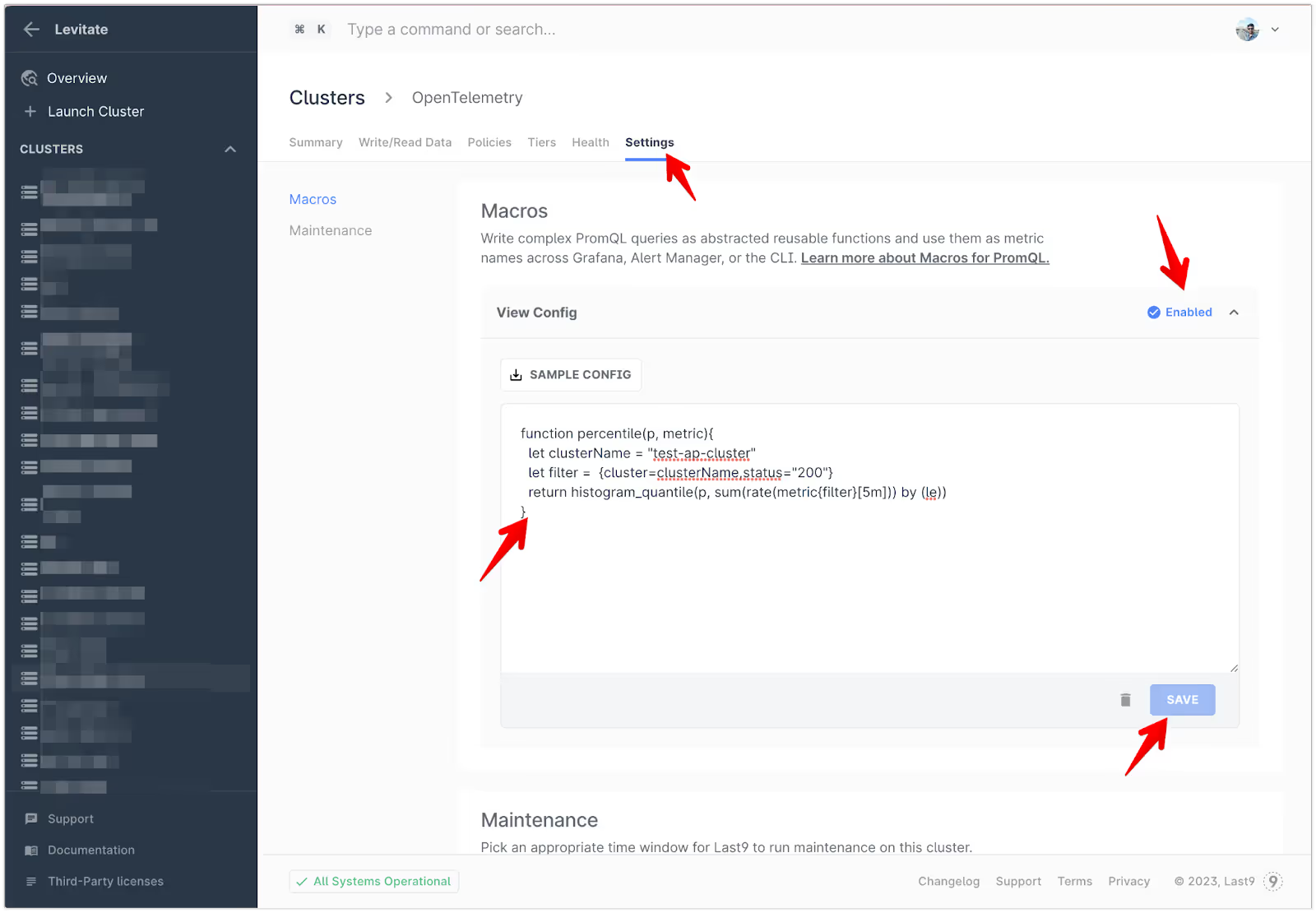
Last9, established in 2020 and based in India, focuses on reliability engineering. Known for its real-time incident detection and comprehensive insights, Last9 helps engineering teams reduce downtime by optimizing system performance and reliability.
Multi-tenant Support: Limited support compared to other platforms.
Generally positive with appreciation for its detailed analytics, though it's relatively new and still growing its user base.
Available upon request, typically structured around the scale of deployment.

It is especially known for its powerful monitoring capabilities and active community support.
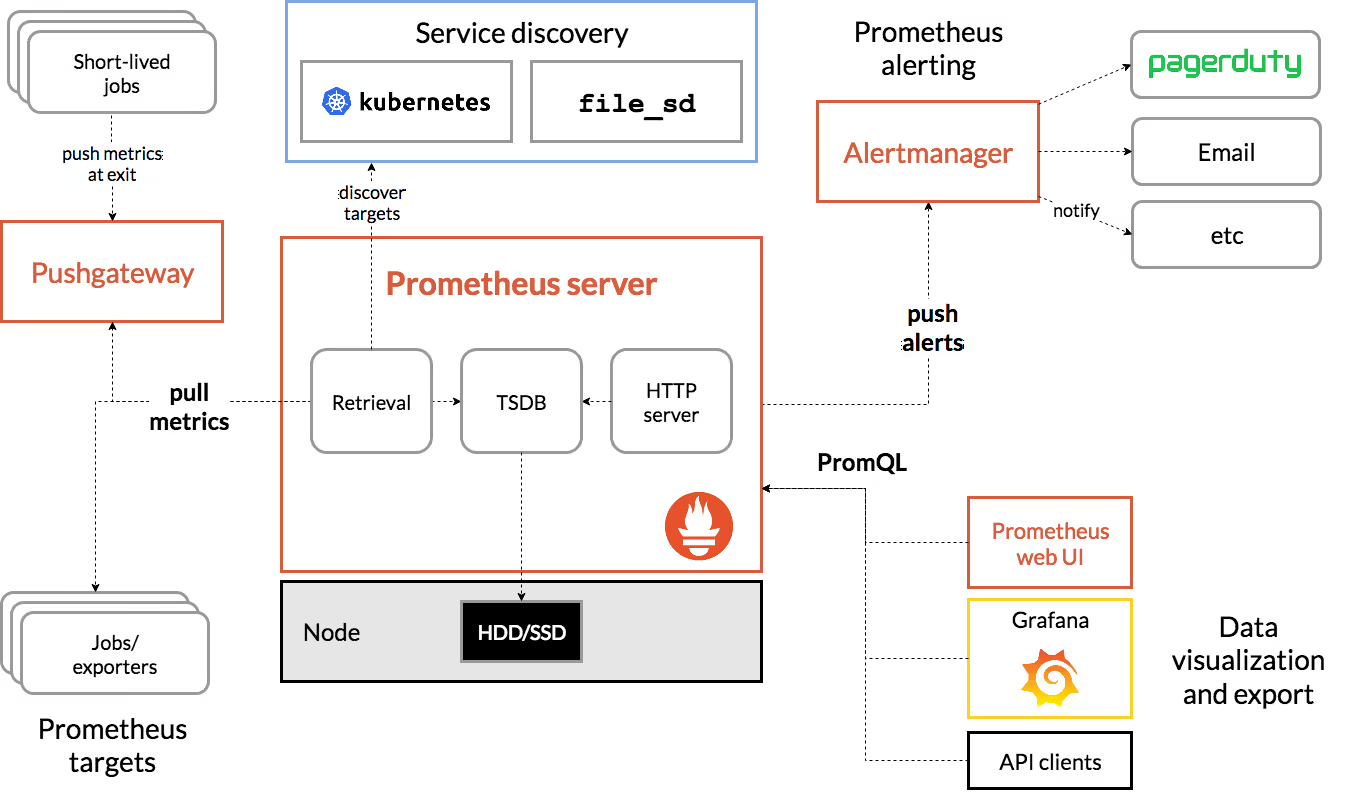
Prometheus, founded in 2012 and now a part of the Cloud Native Computing Foundation, is an open-source monitoring solution that has become a staple in many DevOps toolchains worldwide. It is especially known for its powerful monitoring capabilities and active community support.
Geo-replication: Lacks built-in support for geo-replication.
Widely praised for its flexibility and robust feature set, though it requires a steep learning curve.
Free

Datadog is a widely recognized platform that offers cloud-scale monitoring and analytics. It supports a wide array of services including monitoring of servers, databases, tools, and services across the stack, making it a popular choice for companies looking to optimize operational performance and reliability.

Founded in 2010 and headquartered in New York, Datadog is a widely recognized platform that offers cloud-scale monitoring and analytics. It supports a wide array of services including monitoring of servers, databases, tools, and services across the stack, making it a popular choice for companies looking to optimize operational performance and reliability.
Sub-second Query Performance: While fast, it may vary depending on the scale of data and complexity of queries.
Highly valued for its comprehensive monitoring capabilities and integrations.
Offers multiple plans, including a Free tier with basic features for upto 5 hosts Pro plan starting at $15 per host per month, Enterprise plan starting at $23 per host per month.

Known for its deep analytical capabilities and user-friendly interface, New Relic helps organizations make data-driven decisions to improve their technological infrastructure
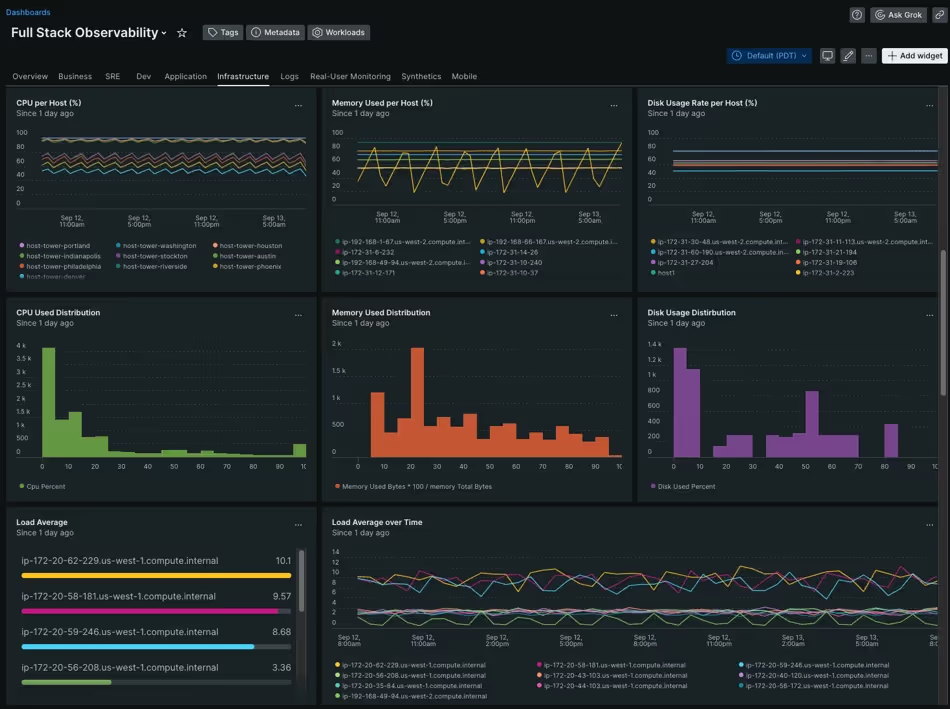
New Relic was founded in 2008 and is based in San Francisco. It is a performance management solution that provides real-time insights into software, hardware, and network environments. Known for its deep analytical capabilities and user-friendly interface, New Relic helps organizations make data-driven decisions to improve their technological infrastructure.
Multi-tenant Support: While it provides robust data isolation, customization options can be limited compared to dedicated solutions.
Widely praised for its detailed insights and real-time analytics; however, pricing can be an issue for smaller teams.
Free tier available; Essentials plan starts at $0.30 per GB ingested, visit website for details.

It is particularly favored for its performance in recording metrics, events, and real-time analytics across diverse sources.
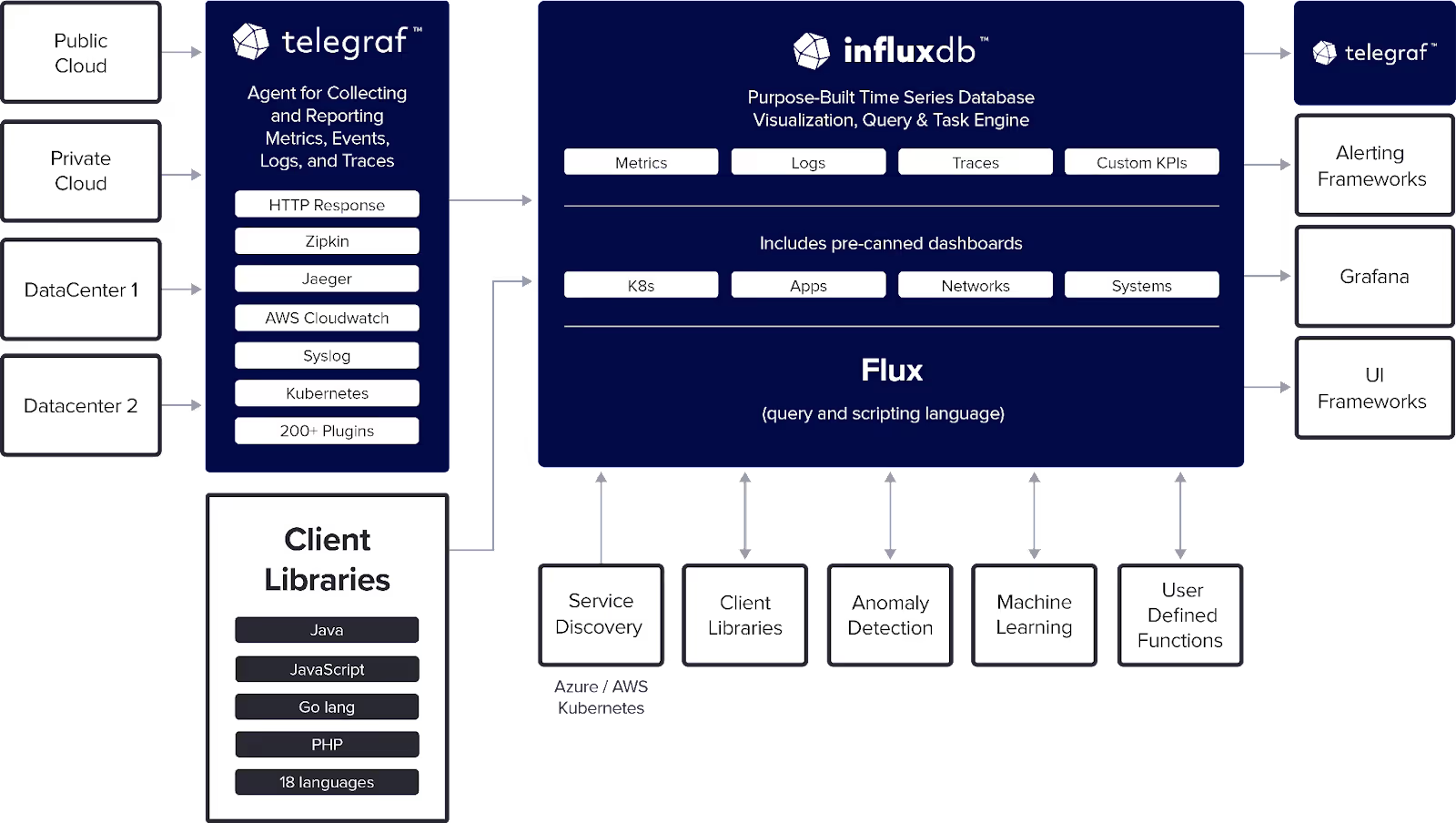
Founded in 2013 and headquartered in San Francisco, InfluxDB is an open-source time series database designed to handle high write and query loads. It is particularly favored for its performance in recording metrics, events, and real-time analytics across diverse sources.
Geo-replication: The open-source version does not include built-in support for geo-replication.
Lauded for its efficiency and scalability. The open-source community is active and supportive.
Free in its open-source form, with enterprise versions priced based on features and support levels. Visit the website to know more.

It is designed to serve the needs of large-scale, performance-sensitive environments and is particularly known for its fault tolerance and distributed nature.

M3, developed by Uber and open-sourced in 2016, is a robust, scalable time series database built to handle high volumes of metrics at Uber’s massive scale. It is designed to serve the needs of large-scale, performance-sensitive environments and is particularly known for its fault tolerance and distributed nature.
User Interface: Some users find the tool's UI less intuitive compared to other platforms.
Highly praised for its scalability and robustness, although some users note a steep learning curve.
Free as an open-source tool; operational costs depend on deployment scale and architecture.

Cortex enables users to centralize and scale Prometheus-based monitoring systems in complex environments.
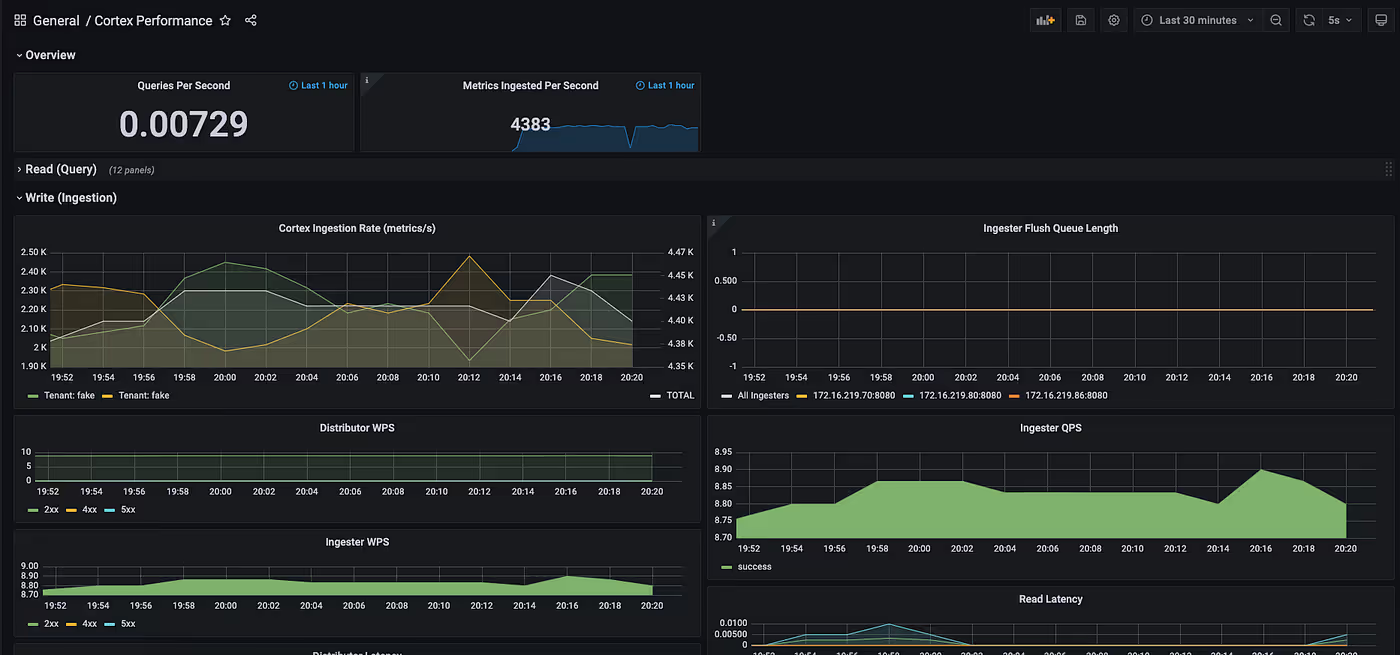
Cortex is an open-source, horizontally scalable, highly reliable, multi-tenant, long-term storage for Prometheus. Founded as an independent project, it is now part of the Cloud Native Computing Foundation. Cortex enables users to centralize and scale Prometheus-based monitoring systems in complex environments.
Complexity in Setup: Setting up and managing Cortex can be complex due to its extensive capabilities.
Generally positive, especially regarding its ability to scale; however, some report complexity in configuration and maintenance.
Free as an open-source platform.

It is designed to make Prometheus scalable and a solid solution for long-term metric storage across multiple locations.
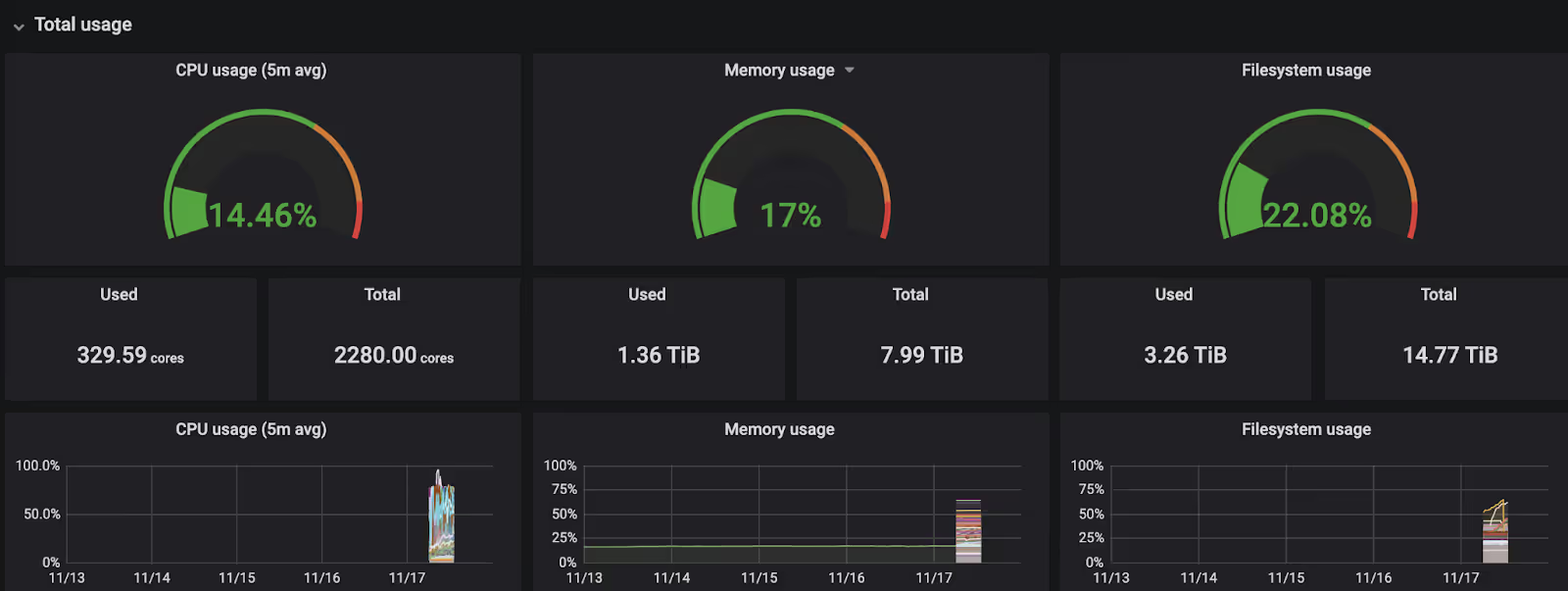
Thanos, launched in 2017 and now part of the Cloud Native Computing Foundation, extends Prometheus by adding high availability and long-term storage capabilities. It is designed to make Prometheus scalable and a solid solution for long-term metric storage across multiple locations.
Query Latency: As data scales, query latency can increase, particularly over very large datasets.
Widely praised for its ability to seamlessly integrate with Prometheus, though some users find it complex to initially configure.
Free, being an open-source project.

Known for its high performance and minimal resource usage, it is a robust solution for storing large volumes of metrics efficiently.
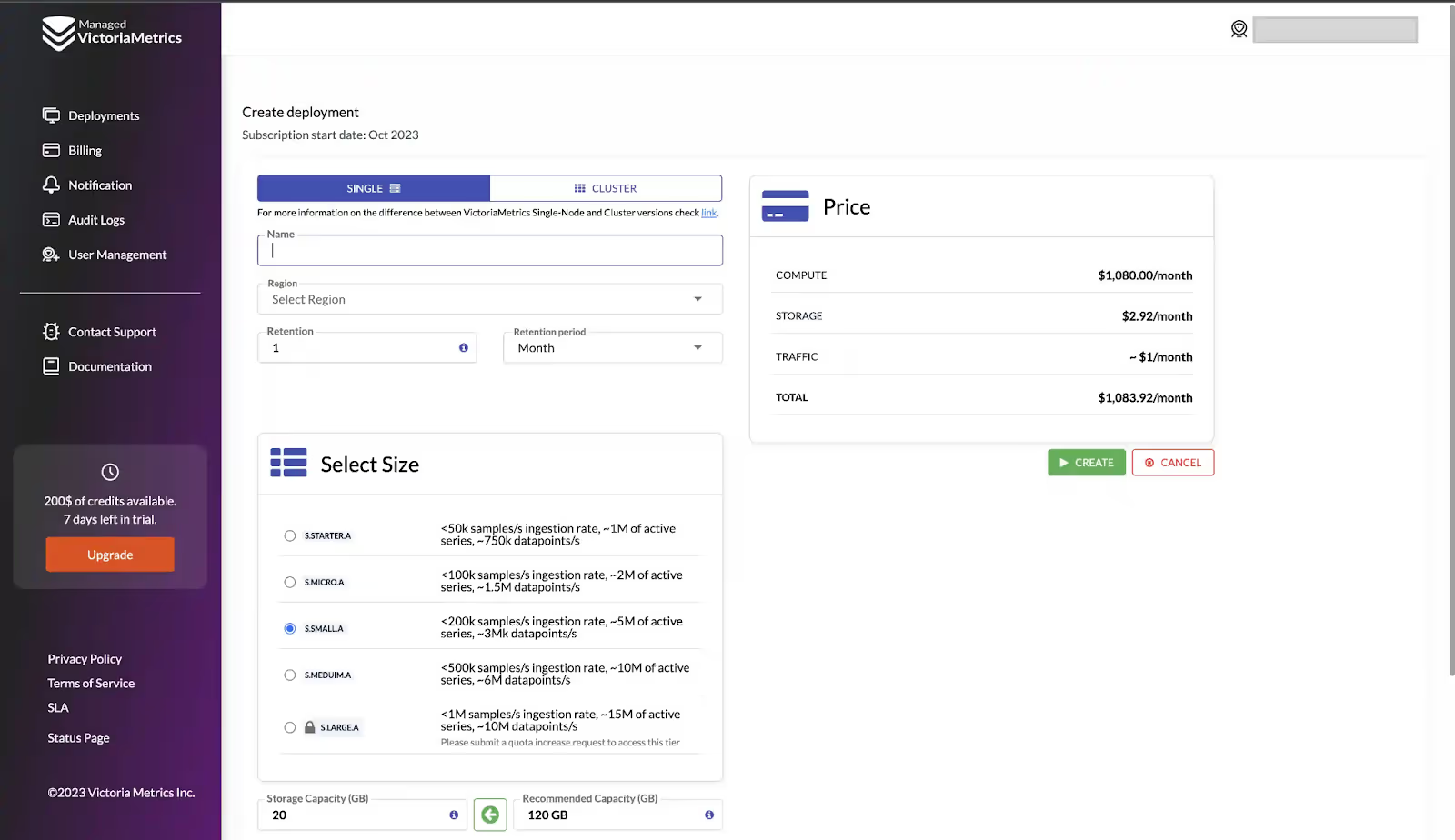
VictoriaMetrics, founded in 2018, is a fast, cost-effective, and scalable time series database that is fully compatible with Prometheus querying. Known for its high performance and minimal resource usage, it is a robust solution for storing large volumes of metrics efficiently.
Geo-replication: The open-source version has limited support for geo-replication.
The platform is lauded for its performance and efficiency, though some note the need for better documentation.
Open-source with a free tier; the enterprise version offers additional features for a fee.
Each of these tools come with deep nuances and strengths -- while at a smaller scale, most of these tools will likely work fine and it will be alright if you go ahead with something like a Prometheus or a Cloud provider (Datadog / New Relic), it's only at scale that you'll need to make deeper evaluation. In that case, your team's capabilities and prior experiences with these technologies matter at the highest priority. The next best thing to evaluate here would be the comparative cost of Cloud hosting in case of your infrastructure and then, the community & docs support in case you are looking for only open source options.
Try Doctor Droid — your AI SRE that auto-triages alerts, debugs issues, and finds the root cause for you.
(Perfect for DevOps & SREs)

Install our free slack app for AI investigation that reduce alert noise - ship with fewer 2 AM pings
Everything you need to know about Doctor Droid
A metric storage platform is a system designed to collect, store, analyze, and visualize time-series data from applications and infrastructure. These platforms help engineering teams monitor performance, troubleshoot issues, and make data-driven decisions based on metrics like CPU usage, memory consumption, request rates, and error counts.
Engineering teams use metric storage platforms to gain visibility into system performance, detect anomalies, troubleshoot issues more efficiently, establish baselines for normal behavior, set up alerts for potential problems, and make informed scaling decisions. They're essential tools for maintaining reliable systems and supporting on-call engineers and SREs.
The top open-source metric storage platforms include Prometheus, InfluxDB, and Graphite. These tools provide robust capabilities for collecting and storing metrics without licensing costs, though they may require more configuration and management compared to commercial solutions.
Cloud provider solutions like Datadog and New Relic offer easier setup, maintenance, and scaling with built-in integrations, but typically cost more than self-hosted options. Self-hosted tools give you more control and potentially lower costs at scale but require more expertise to maintain and configure properly.
Consider upgrading your metric platform when you experience scaling issues (slow queries, storage limitations), need more advanced querying capabilities, have growing operational complexity, or when your team size increases. While simple solutions like Prometheus work well for smaller deployments, larger-scale operations often benefit from specialized solutions.
Evaluate platforms based on your team's existing expertise, infrastructure scale requirements, budget constraints, integration needs with existing systems, and query performance needs. For smaller deployments, simpler tools often suffice, while larger operations might need more specialized solutions with advanced capabilities.
Costs are affected by data volume (metrics collected and retention period), query frequency and complexity, whether the solution is self-hosted or cloud-based, required features (like alerting, dashboarding), and team expertise needed for maintenance. Cloud solutions typically charge based on data ingestion volume and retention.
Different platforms use various approaches including downsampling (reducing resolution of older data), tiered storage (moving older data to cheaper storage), compression techniques, and configurable retention policies. Some platforms offer unlimited retention with cost implications, while others enforce time-based deletion.
Dr. Droid can be self-hosted or run in our secure cloud setup. We are very conscious of the security aspects of the platform. Read more about security & privacy in our platform here.
Dr. Droid can be self-hosted or run in our secure cloud setup. We are very conscious of the security aspects of the platform. Read more about security & privacy in our platform here.


